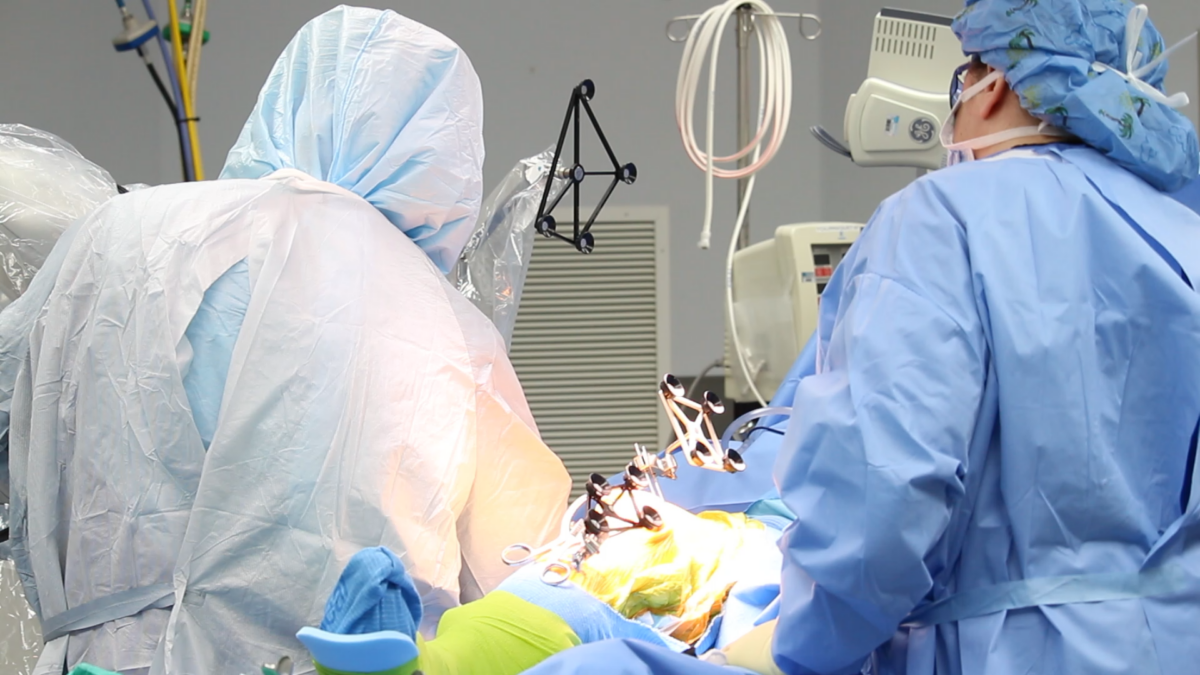
As technology rapidly advances, the medical field has not been left behind. One area that has seen tremendous progress is surgery, with robot-assisted surgery becoming increasingly popular. In 2020, around 11% of knee reconstruction surgeries were completed with robotic assistance.
Robotics in surgery involves using robotic systems to assist surgeons in performing procedures with greater accuracy, efficiency, and safety. This innovative technology has become a game changer in the medical field, and one of the areas that have seen significant improvement is orthopedic surgery. In this article, we will delve into how robot-assisted surgery is advancing the field of orthopedic surgery and improving patient outcomes.
The History of Robotic-Assisted Surgery
The history of robotic-assisted surgery dates back to the 1980s when the first robot for surgical use, the PUMA 560 system, was introduced. This initial robot was primarily used for neurosurgical procedures. However, it was not until the 1990s that the technology became more advanced, and robots were given greater functionality, such as greater articulation and improved motion accuracy.
In 1997, the first-ever robot-assisted cholecystectomy surgery was performed, and since then, robotic surgery has become more widespread. Nowadays, robotic surgery is used in various surgical procedures, such as urological, gynecological, cardiothoracic, and orthopedic surgeries.
Given the rapid pace of technological advancement, robotic-assisted surgery is expected to evolve continually, with new inventions and improvements making it even more applicable in many fields of medicine.
How Do Orthopedic Surgeons Use Robotic Technology in Surgery?
Orthopedic surgery involves the treatment of musculoskeletal conditions that affect bones, ligaments, tendons, and muscles. Sports injuries, accidents, or degenerative diseases may cause such conditions. Over the years, orthopedic surgery has evolved to become more precise with the advent of robotic technology. Robot-assisted surgery allows orthopedic surgeons to perform complex procedures with higher accuracy, speed, and safety, improving surgical outcomes.
One of the main ways orthopedic surgeons use robotic technology in surgery is joint-replacement surgery. During joint-replacement surgery, the surgeon programs the robotic technology accurately, positioning the prosthetic joint and ensuring a good fit and balance. The robot uses pre-operative CT scans to create a 3D model of the patient’s anatomy or data collected during surgery to also make a 3-D model, allowing the surgeon to plan the operation with great precision before it even begins. During the surgery, the robot helps the surgeon align the implants with the patient’s anatomy, reducing the risk of implant malposition, which can cause pain and instability.
Robotic technology is becoming essential for orthopedic surgeons to perform complex surgeries. By using robotic guidance, surgeons can improve the quality of their surgeries while minimizing the risk of complications, ultimately leading to less pain and faster recovery times for patients.
How Robotic-Assisted Surgery is Improving Patient Outcomes
Robotic surgical systems have become increasingly popular in recent years due to their many advantages over traditional surgical techniques. Here are some ways that highlight just how much robotic orthopedic surgery is improving patient outcomes:
- Fewer Complications
As a minimally invasive procedure, robotic surgery reduces the risk of complications during surgery, leading to fewer post-operative complications. - Shorter Hospital Stays
Patients who undergo robotic-assisted surgery typically have shorter hospital stays, reducing their recovery time and allowing them to resume their normal activities sooner. - Reduced Blood Loss
Robotic-assisted surgery significantly reduces blood loss during surgery, leading to less risk of infections, less need for blood transfusions, and less stress on a patient’s body. - Lower Readmission Rates
Robotic surgery leads to lower patient readmission rates, reducing healthcare costs and improving patient outcomes. - Increased Accuracy
Robotic surgery increases precision and accuracy, leading to better surgical outcomes. - Improved Patient Satisfaction
Patients who undergo robotic-assisted surgery often report higher satisfaction with their surgical experience and overall outcome.
Robotic-assisted surgery has proven to be a significant shift in improving patient outcomes. With these many advantages, robotic surgery is expected to continue to increase in popularity, benefitting many patients in the future.
Robotics Used at EmergeOrtho—Triangle Region
At EmergeOrtho—Triangle Region, robotic technology is used to help surgeons perform complex orthopedic procedures with greater precision and accuracy. The Triangle Region uses MAKOplasty® robotic surgery and the CORI robotic system to help perform orthopedic surgery, particularly for knee surgery, where orthopedic surgeons use ultra-precise robotic arms or burrs as extensions of their limbs to perform the procedure.
MAKOplasty and CORI can be described as a “robot-assisted surgery” because the surgeon programs the patient’s information into the technology and uses the robot as a tool. It uses 3D imaging techniques to create a personalized surgical plan for each patient.
If you are experiencing joint pain and want to discuss treatment options using robotic-assisted orthopedic surgery, we encourage you to request an appointment, or call us anytime at (919) 220-5255.






